
Introduction, development and resolution.
The structure of a story often frightens companies: they know beginnings can be difficult and unstable and they want to get through them as quickly as possible.
The development shouldn’t be an obstacle course, but a nice ascent.
And naturally, there's always a degree of apprehension about the ending.
In addition, many managers and marketing departments associate telling a corporate story, or building a brand narrative, with childish elements such as inventing a mascot and giving it a voice, or sharing sentimental anecdotes about their team or particular customers.
However, a good story is a far cry from all that.
Table of contents
- The devil wears Prada, not dungarees: Independent, handmade, sustainable
- When your story matters more than your product
- What the customer wants: A story... with a happy ending
- Fashion trends always come back around: Stories for online and offline sales
The most important question to address is ‘why’
The motives behind your decision to launch your brand, company or product into the market (beyond any economic benefits) and the reasons why you take your customers into account in that process (apart from wanting to get their money).
Telling stories is fashionable: any seasonal catalog tries to offer a leitmotif or theme, while product and brand videos are increasingly cinematic and narrative. The most conspicuous example is Apple, many of whose spots aren't even really about the product being advertised.
Emotional advertising goes further than mere marketing campaigns and trying to mislead the ‘punters’. A narrative that weaves through, and sustains, the entire structure of your brand will improve the solidity of your products, thanks to a very simple connection: customers are people, and people as social beings are more willing to listen to and understand stories than plain hard data.
So that's how you can build and define your brand by means of a story that spans your company, products, customers, and the socio-economic environment.
The devil wears Prada, not dungarees: Independent, handmade, sustainable
To give an example, the UK-based independent clothing brand Lucy & Yak is nicely illustrative of how to craft a company story.
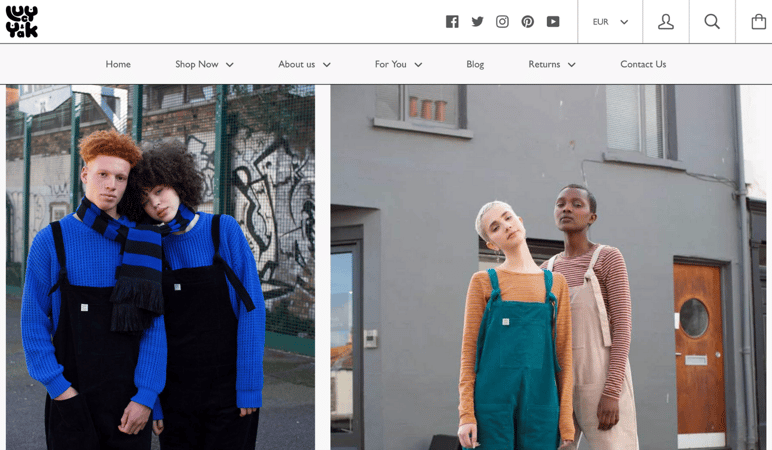
Since making its first growth leap with its website and own online shop, Lucy & Yak's founding story hasn't changed. The brand maintains an image of honesty and social and environmental commitment that has defined its ‘why’ – its unique selling point and the reason why so many people choose to buy its garments.
Even the structure of its company reinforces Lucy & Yak’s story: their workforce of 13 employees in Yorkshire earning more than the minimum wage, and 30 employees in their factory in northern India, where they’ve helped build facilities providing ample space, solar panels, air conditioning, and four times the minimum wage.
Achieving awards such as Best Startup and promotion by celebrities such as Ed Sheeran, who has made several appearances sporting Lucy & Yak clothes – these are not so much the result of an active campaign as their reward for a well-told story.
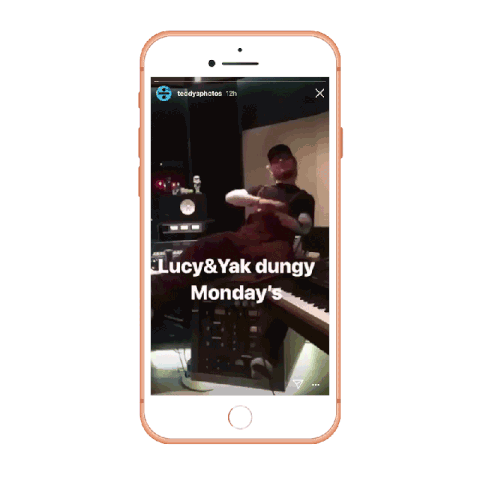
What’s the most alarming story for today’s consumer?
Pollution, excessive use of plastics, and consumerism.
Lucy & Yak’s story as a brand that’s actively committed to organic values is of interest to many people. The boilersuits and dungarees they sell may not be essential to the daily lives of their customers, but the story that goes with them is much more valuable. Using these products is a manifestation of commitment to a better, greener world.
The core value of Lucy & Yak is sustainability, therefore they promote transparency in their production process based in a small rural village in Rajasthan, where they rely on sustainable sources and eco-friendly methods.
In their product pages they explain how these garments are handmade in an artisan way, in addition to committing to particular materials: only cotton, in transition to becoming 100% organic (from producer Herbal Fab), and low environmental impact dyes.
‘How’ follows after ‘why’, and that's essential
Other major brands, such as Inditex or H&M, choose the ‘why’ as a mask in advertising, publicising organic collections that hide polluting or unfair production methods and practices.
Their brand story simply doesn’t hold water.
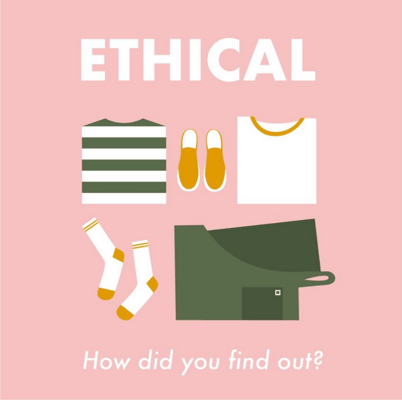
Another of Lucy & Yak’s core values is its zero-waste ethic: promoting durable products rather than encouraging continuous, repeated consumption; not using interior labels on garments; and promoting this green lifestyle though other products from collaborating brands, such as reusable bags for groceries.
Furthermore, Lucy & Yak's table of values extends to their merchant model: they don’t participate in the discount game. On dates like Black Friday, they simply donate a percentage of the day’s sales to a charity.
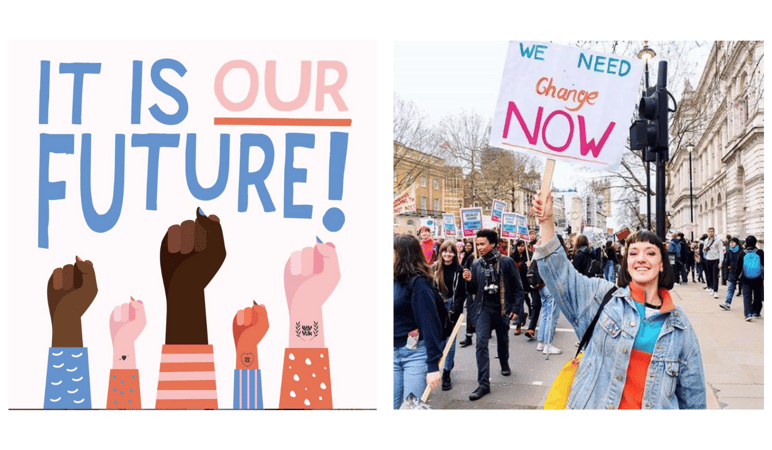
However, they do organize prize draws for users who share photos or illustrations featuring their products. Even the marketing tactic of employing user-generated content becomes an ethical statement that continues to support a good brand image.
In this 21st century, demonstrating that everybody, from production chain to consumer, can be happy without damaging the planet may well be the brand story that gives the best sales results.
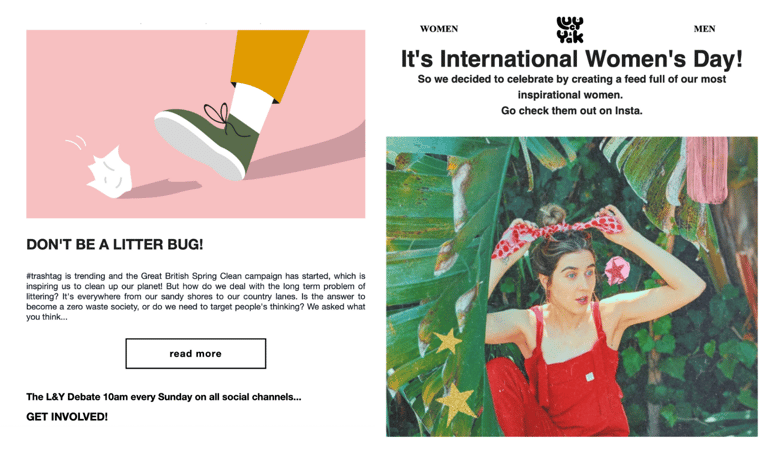
When your story matters more than your product
Lucy & Yak creates an emotional experience around buying and wearing their garments, for those shoppers who look above all for comfort, durability, and breaking free of aesthetic conventions.
Again, here we have abstract values that can be expressed through a product’s technical features.
That's why, both in their online shop and product datasheets, they draw attention to the garment being handmade. In this light, the occasional defects that the customer finds in their garment will take on another dimension. They are no longer faults of an inhumane and fast production chain, but understandable human errors, which even give a touch of uniqueness to the item.
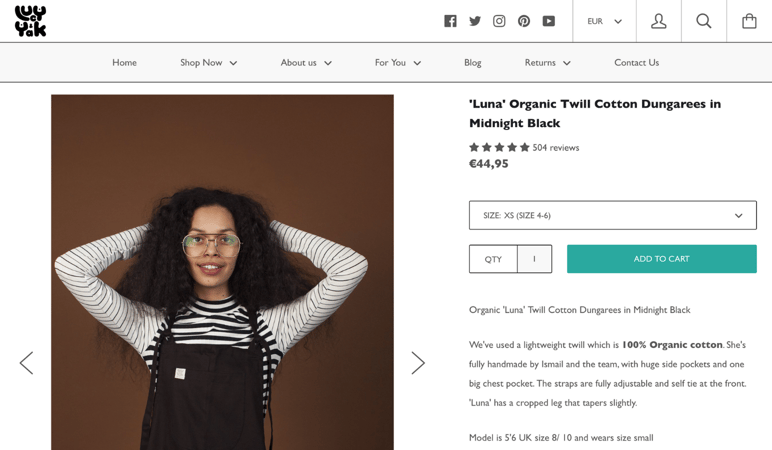
Lucy & Yak also show instructions for taking care of the garments and prolonging their useful life, which transmits confidence to the buyer, who gets satisfaction twice over: it’s a worthwhile purchase and it has a positive impact on society and the environment.
However, not even a highly prestigious brand can remove itself entirely from the intrinsic problems of the e-commerce fashion industry.
Sizing is generally one of the main causes of shopping cart abandonment and returns. At Lucy & Yak, this information is clarified in two sections of their website (with an explanation of sizes in UK, EU and USA systems, for men and women), as well as in each product sheet, and by showing models with different complexion and height. This and other key aspects of product information are very easy to control and synchronize with Product Information Management or PIM software.
Offering free returns provide a boost in confidence, as then you can always make amends for an error in the event of the size not being correct.
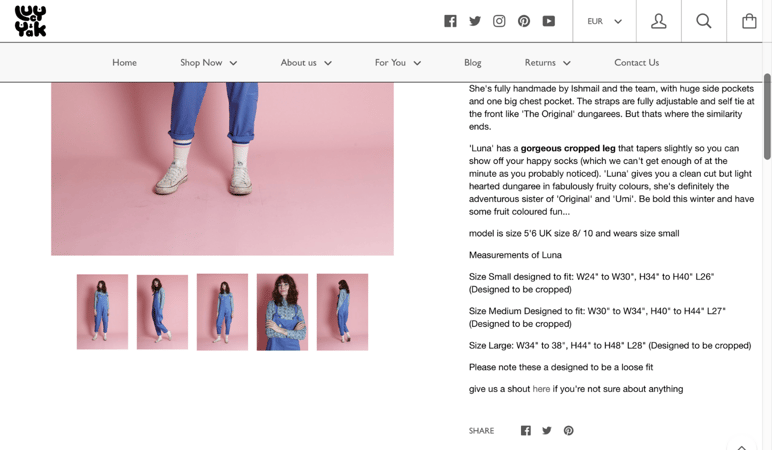
What the customer wants: A story... with a happy ending
The success of a brand like Lucy & Yak lies in the fact that they’ve been able to pinpoint the demand of thousands of consumers eager for an alternative in the world of fashion.
However, they have also been clever enough to notice a resurgence in the dungarees and boilersuits style of the eighties and nineties, and to pay attention to details that make up a holistic experience across all channels: from their online shop, customer service and social media to the packaging of their shipments.
In their blog and newsletters, while Lucy & Yak never speak exclusively about fashion, this becomes the springboard for more important topics, about which they ask their users for opinions. This approach fosters a sense of culture and community, through shared interests relating to the underlying brand narrative. Their community collaborates and in return gets more than just a product – it gets engagement and worthwhile information.
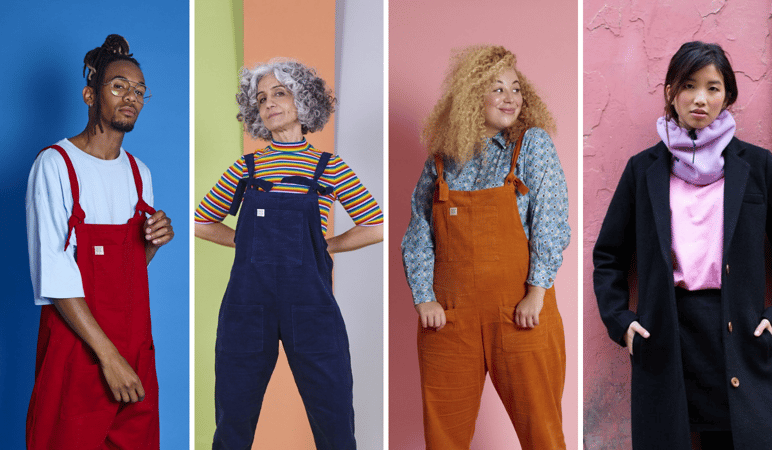
Consumers tend to like companies that recognise their own shortcomings. At Lucy & Yak they analyse and question their own decisions, such as packaging for their shipments that uses biodegradable polyester or recycled saris, which, being made of silk, vegan customers are able to refuse.
Lucy & Yak emphasize how important customer opinion is to them. They’ve reached the nirvana of e-commerce – namely, that all their product pages have lots of reviews of between 4 and 5 stars. In this respect it has helped that their customer service team will respond immediately, throughout the week, providing compensation and solutions to any issues with their products.
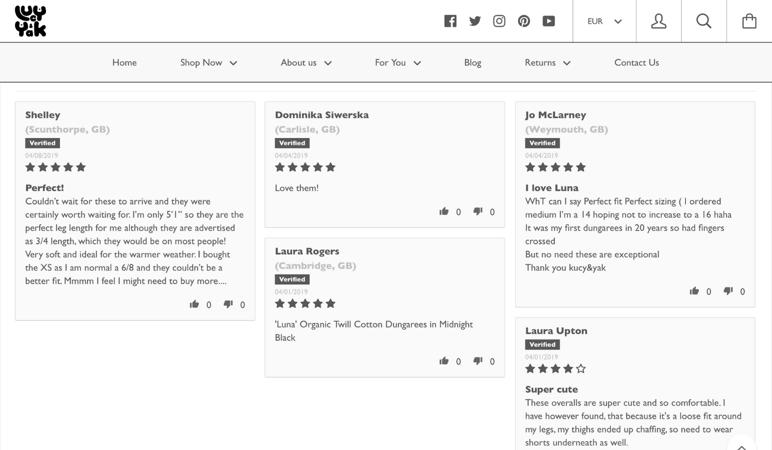
Their second important brand story of Lucy & Yak is that everyone is welcome. Just like the models in their catalog, image galleries on their social network sites show profiles of all types of people, since their aim is to dissolve the sense of boundaries between people.
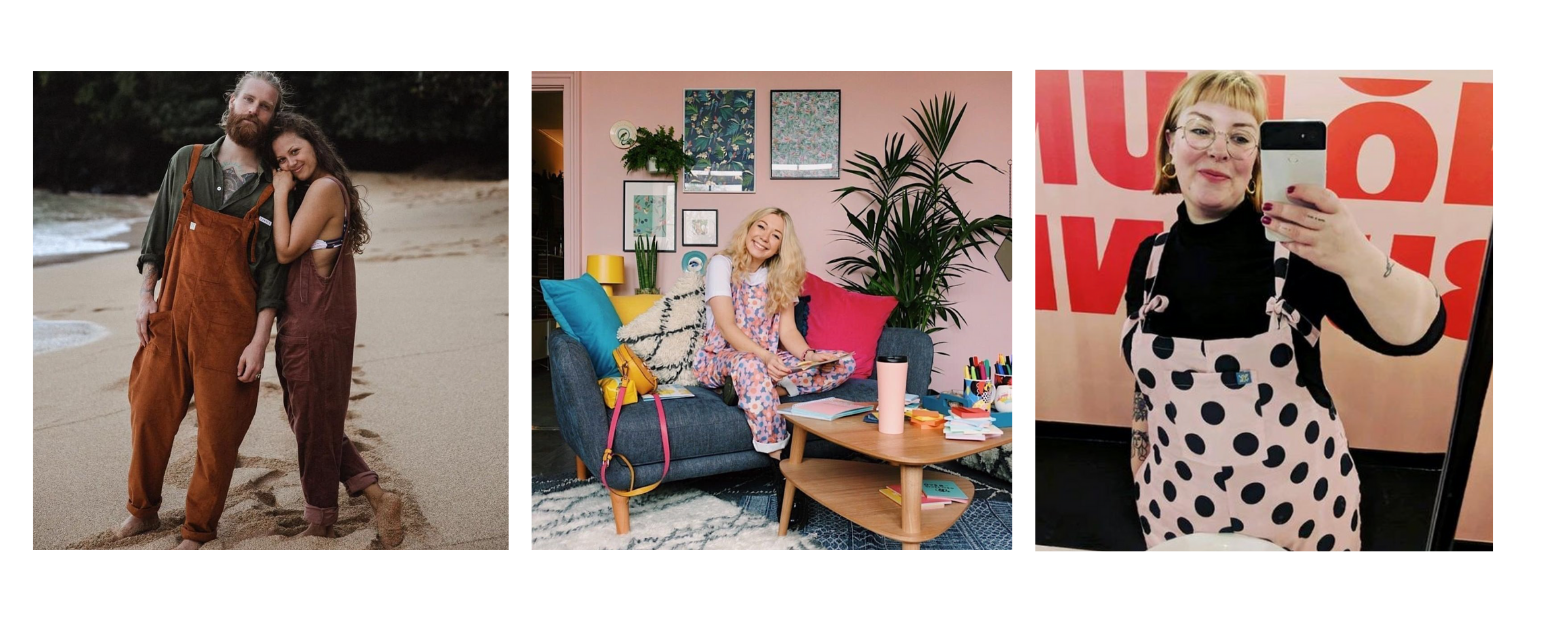
Lastly, Lucy & Yak's aesthetic unity across all their channels is perfectly realized. On Instagram they promote an aesthetic that’s accessible and easy to identify with; to achieve this, they collaborate with some of the more independent influencers: creative and artistic people who relate to those values, even if they aren’t fashion stars.
This type of product publicity alternates with other images and messages that serve to reinforce their brand’s global story, such as support for social causes that their audience also favours (feminism, manifestations, the government’s social measures, environmentalism...), and not forgetting those most widely shared topics on Instagram: books, plants, food, fashion, interior design, animals and travel.

Fashion trends always come back around: Stories for online and offline sales
The case of Lucy & Yak is a very interesting example of a digital enterprise born in the 21st century. Their natural channel is online, from Depop marketplace to branded website.
They have recently made the leap to opening their first physical shop, in Brighton, which demonstrates how multichannel strategies are also moving from digital to offline.
Such an expansion does not come without problems: the rapid growth of sales volume can impede the founding procedure of a brand that defends sustainable and Fairtrade methods. At this point, it becomes difficult to keep up standards, to maintain warm and effective customer service, or to develop an omnichannel experience (the brand doesn’t synchronize its stock between its online and physical store, therefore the customer can’t make changes or returns between different channels).
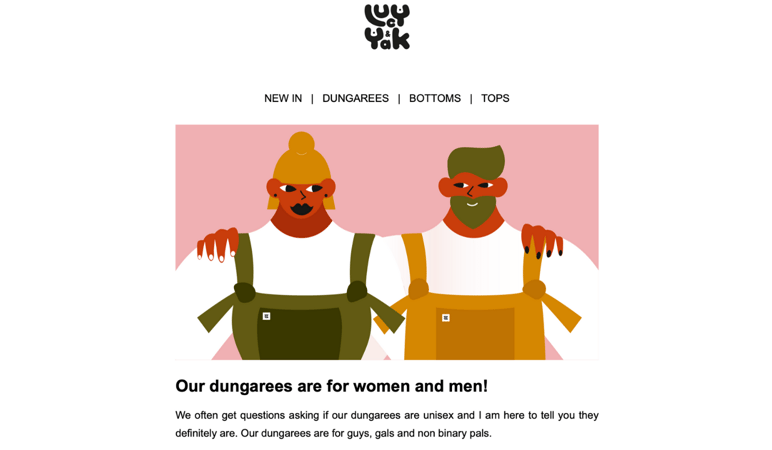
Solid values, messages consistent with entrepreneurship, aesthetics relating to both the message and the audience, and products that represent those good intentions and meet expectations.
Does your company have all these components of a successful brand story? If you want to start an effective sales pitch, remember that the most important thing is structure.
We’d recommend beginning with a product information management system, such as our Sales Layer PIM, that allows you to focus on quality, productivity and branding tasks, as well as avoiding future issues such as online and offline channel integration.
Put on your dungarees, download our free 30-day demo and tell your story.



.png?width=520&name=Blog%20Partner%20(3).png)

.png?width=520&name=Blog%20Partner%20(1).png)


